Why underrated Luxembourg should be your next city break
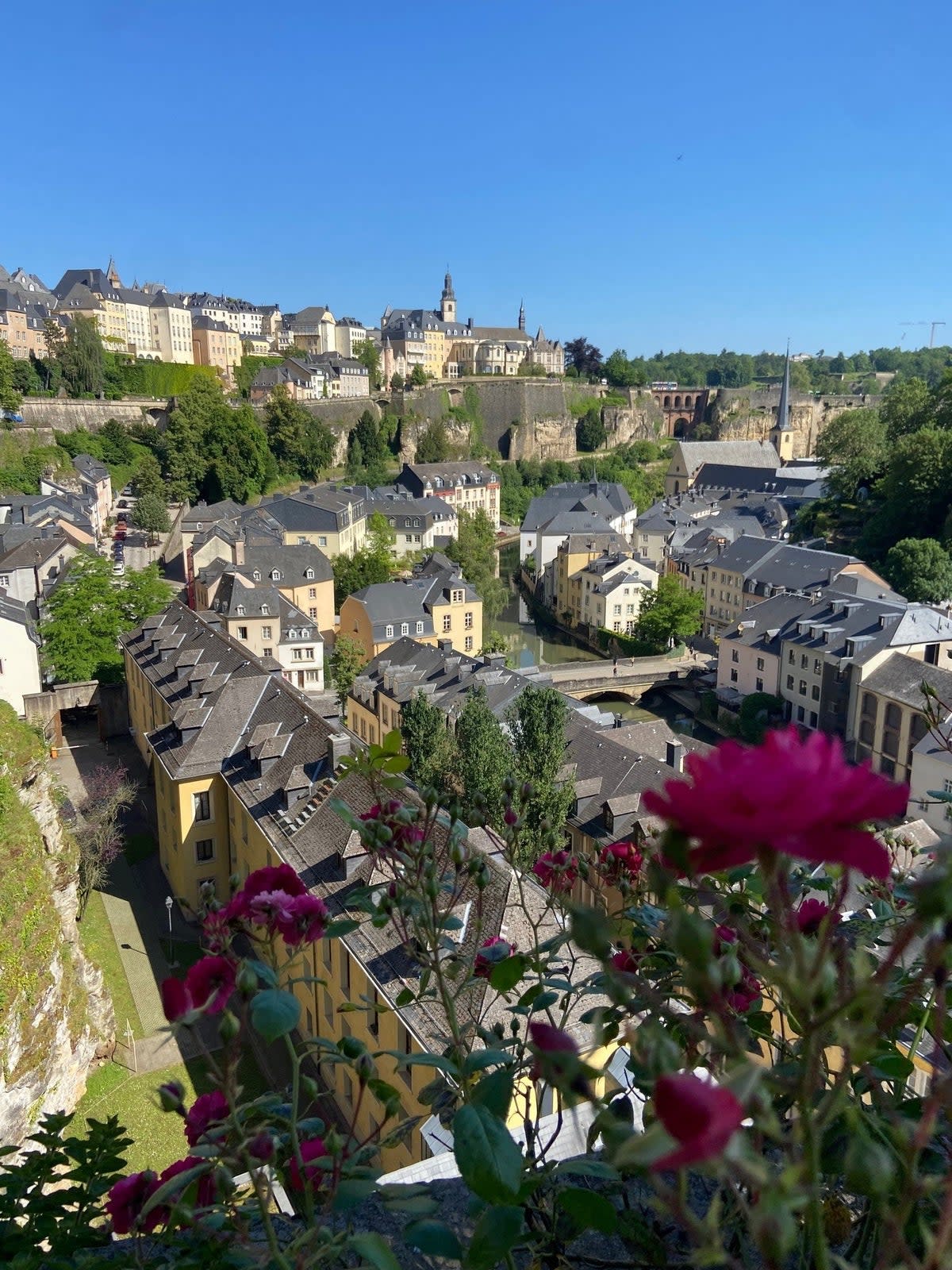
It’s often said that good things come in small packages, and upon touching down for a long weekend in Luxembourg, population just 650,000, that cliched old adage rang true. And that’s just its zen-like, glassy airport, never mind the fortress-fringed, chocolate-box capital city (of the world’s only Grand Duchy, would you know) ringed by winding river gorges that we were here to explore.
Pocket-sized Luxembourg is that kind of place everybody’s heard about, but few people seem to have visited. It puts the Lux in Benelux, both literally and as the actual richest country in the world, and one of the four ‘seats’ of the European Union. Not the sexiest claim to fame, sure, but the city itself banishes any bureaucratic fustiness with its mix of gleaming new institutions, forested valleys and evocative old-world charm.
After only 55 minutes in the air, I was a world away from London’s grimy grind in a place that has the feel of a European capital but is not even as big as Bedford. The bus to the city centre took 20 minutes and — Transport for London, take note — didn’t cost a thing. Yep, zilch. In fact all trips on Luxembourg’s efficient, mostly electric public bus and brand new tram system are totally free, and there’s nothing like a freebie to set a warm and welcoming tone for a weekend away.

A whistle-stop check-in at our enchanting digs for three nights, the higgledy-piggledy, fairy tale-esque Hotel de Place d’Armes and my partner, Fabio, and I were off for my first taste of Luxembourgish cuisine. If you’re like me, this was a mystery. Is it French? German? Like the country — and its quirky local language, Lëtzebuergesch — the reality lies somewhere in between.
So we headed to the upscale (and only) restaurant serving traditional (read: not light) Luxembourgish food in the old city, Um Dierfgen (umdierfgen.lu), to sample doughy, bacon-topped kniddelen dumplings swimming in butter, wainzoossiss sausage with grainy Luxembourgish-style mustard sauce and rich dollops of fondue’s long-but-not-so-lost cousin, kachkéis. Nothing like liquid cheese to lull us to sleep.

You can’t down a dumpling without a local tipple, and the wines of the tiny Grand Duchy hold their own. The Moselle region bordering Germany in the south-east is best known for its whites and fizzy, crisp Crémant, but it also boasts Pinot noir in both red and a startlingly clear white version. One morning we zipped to the Moselle in just over half an hour along surprisingly quiet, pristine country roads through verdant forests and rolling, postcard-perfect pastures (oh, to be a cow here!) for an evocative tour and tasting deep beneath the limestone cliffs at famed local winery, Caves St Martin (cavesstmartin.lu, tours and wine tastings from £7.50).
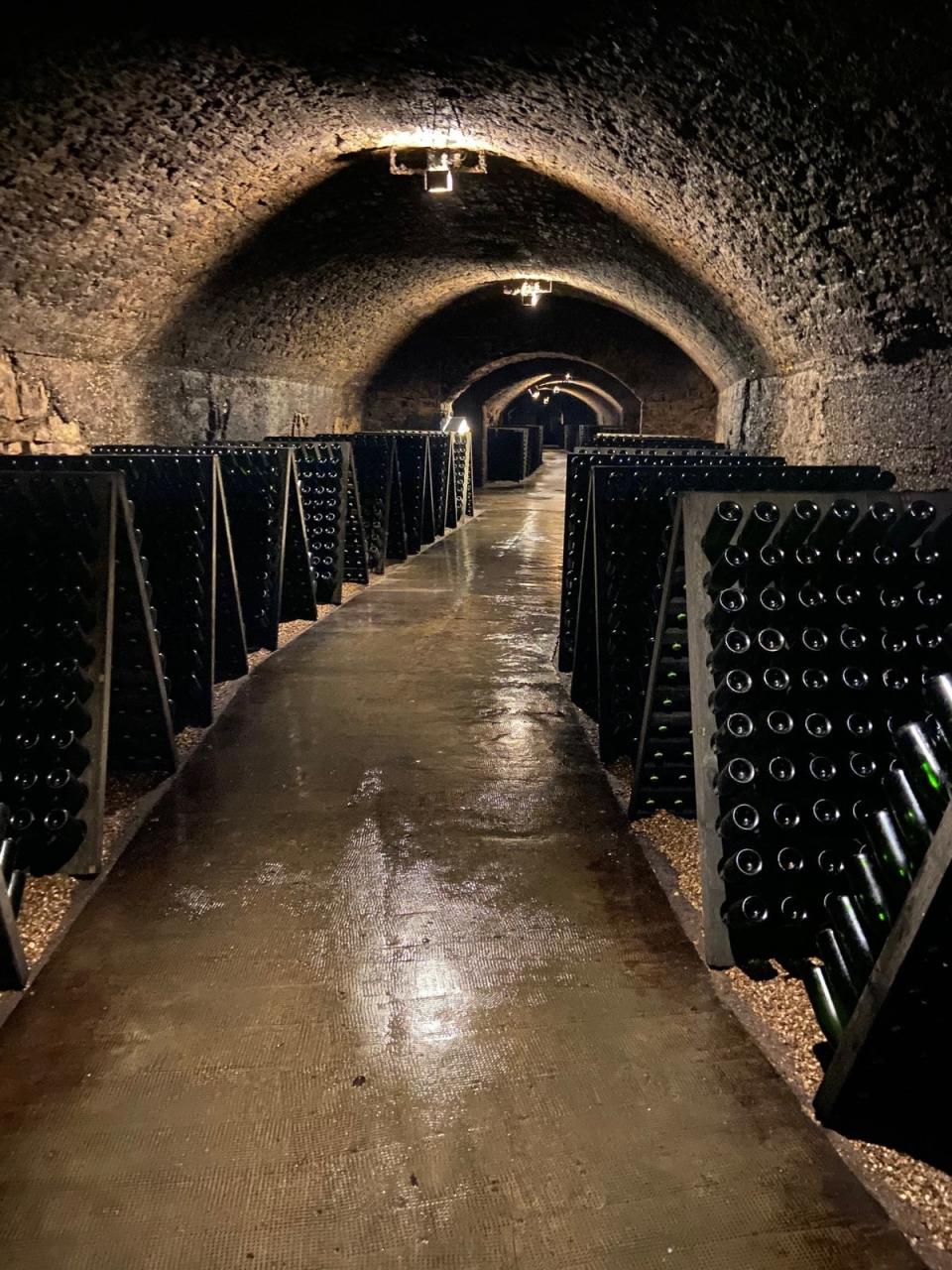
For over a century, the winery has used its more than 1 km of tunnels, hand-cut into the dripping local stone, as the atmospheric lo-tech spot to ferment and store its wine at a constant, cool 12 C. It even still employs the hand-turned process perfected by Dom Perignon himself in the damp darkness when ageing its bottles of bubbly. This is the spot where my view of Champagne was turned on its head: ‘It was invented by the English,’ said Laura, our knowledgeable guide, ‘not the French. Go home and tell people that!’ (It’s true, have a google.)
Just down the road from the caves, political junkies will want to swing by the village of Schengen, which aptly sits at the intersection of France, Luxembourg and Germany; the spot where the famous agreement was signed that would pave the way for the EU’s open borders.
But it’s really back in cliff-hugging Luxembourg city where we could have spent the entire weekend exploring. Its history spans millennia as the crossroads of Europe, a spot hotly contested by pretty much all the great powers from Rome onwards, until an agreement in the 19th century saw ‘The Gibraltar of the North’s’ massive fortifications dismantled, and its independence enshrined.
After the Second World War the modern city flourished as a centre of politics and finance, which is plainly on show in the city’s new culture and business centre, Kirchberg, where trams glide between the new philharmonic and shrines to banking and EU institutions.
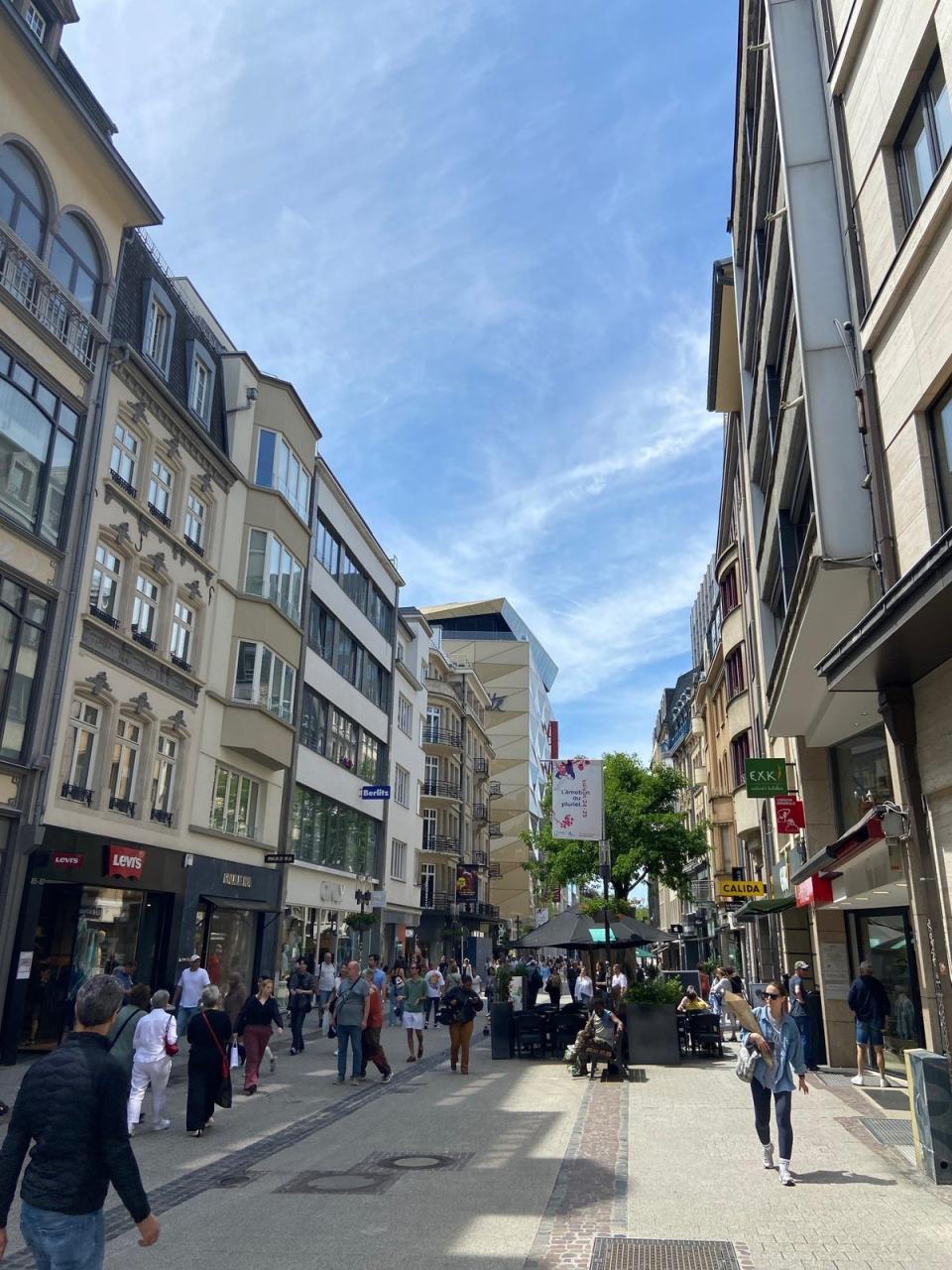
We quickly discovered why the remnants of the city walls where we strolled one morning are called ‘Europe’s most beautiful balcony’, offering 180-degree vistas, which led us to perhaps the city’s most famous attraction, the 18th-century Bock Casemates, carved into the escarpment beneath the foundations of Luxembourg’s first castle and the cradle of the city, providing a place of ultimate protection — and clear shots for the cannons once stationed in ‘loopholes’ to defend it. (I also learnt the military origin of that word — google that one, too.)
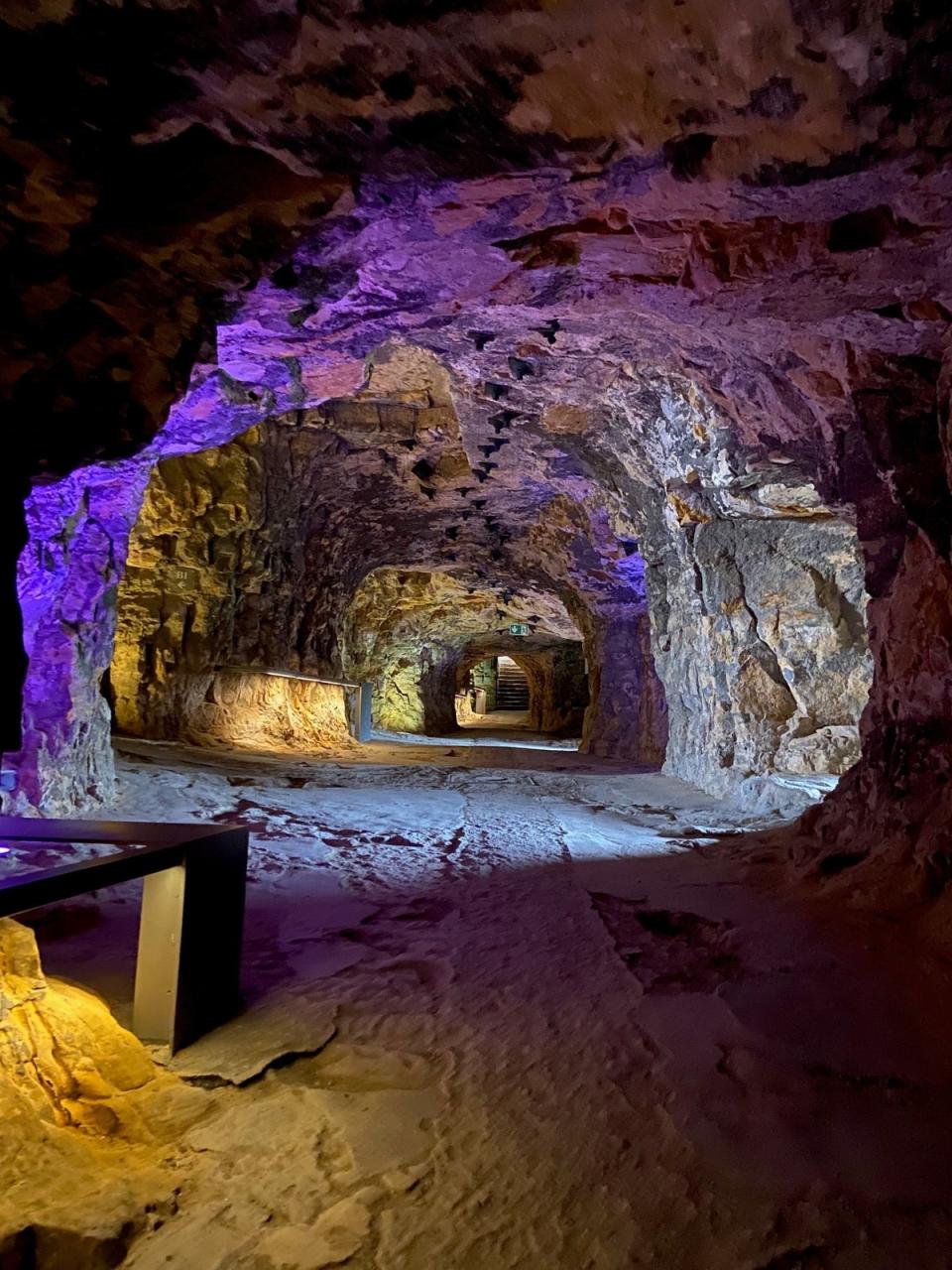
Below the city centre, the Petrusse and Alzette rivers curl along the valley floor under the famed Adolphe bridge, from which the spectacular annual fireworks show on June 22 this year will dazzle thousands on the eve of Luxembourg’s hugely popular National Day, which we were gutted to miss.
The strikingly modernist Red Bridge looms beyond lush riverside walking paths that connect to Grund, the lower town with its pretty restaurants and local landmark Scott’s Pub (scotts.lu), where the sunny patio seduced us one afternoon into a pint of local Bofferding Pils.
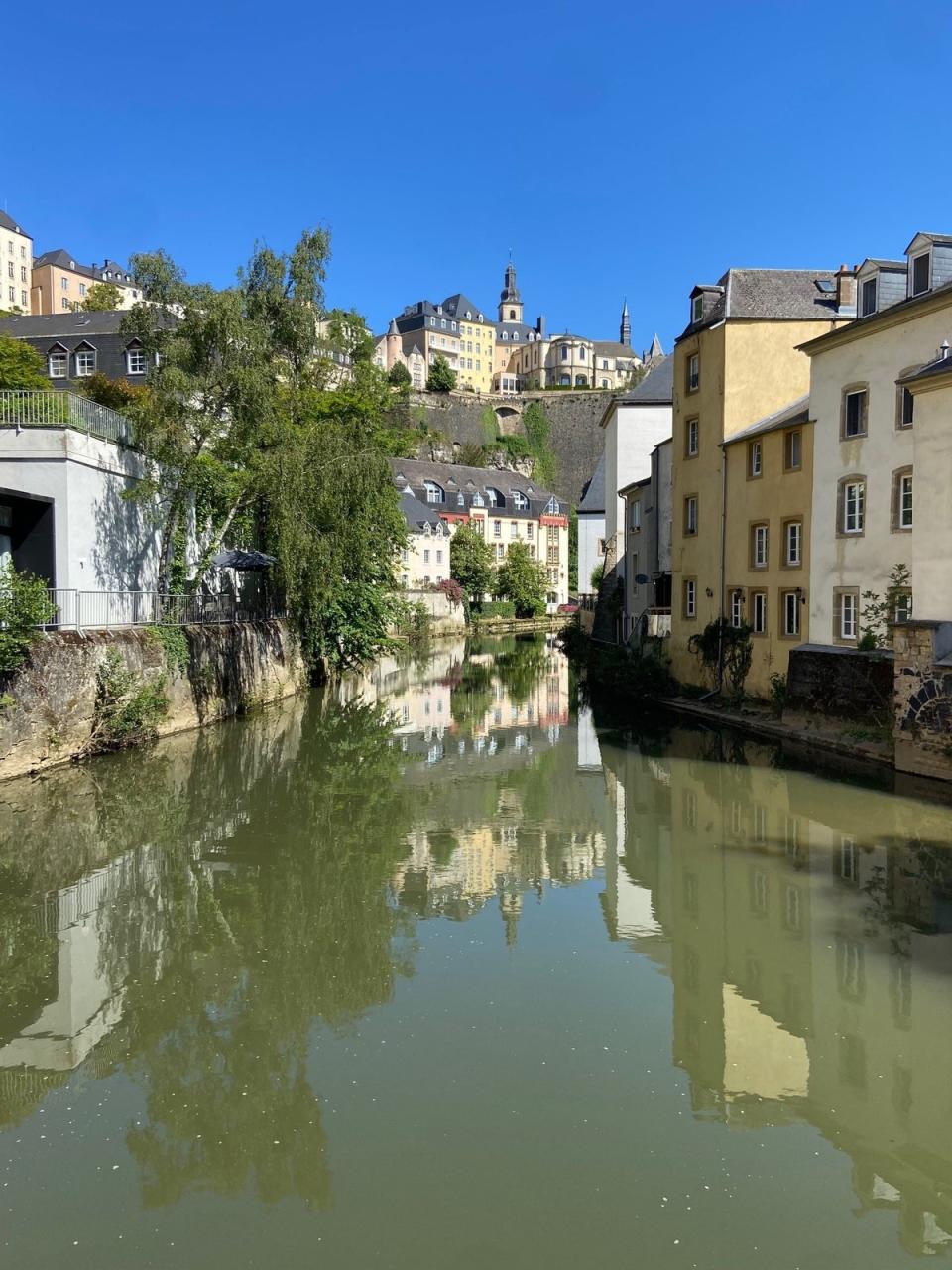
The old city’s heart, picturesque Place d’Armes with its sprawling alfresco cafes, was the doorstep to our home for the weekend, Hotel le Place d’Armes (hotel-leplacedarmes.com, B&B rooms this summer start from £305). Part of the Relais & Chateaux network of properties, general manager Mathieu referred to it as a ‘maison’, or house. It’s a metaphorical description but also a literal one, the 32 rooms spread across seven unique, interconnected former private homes, each with their own distinct personality — some offering the best Beauty and the Beast feels, others giving maximalist takes on Art Deco.
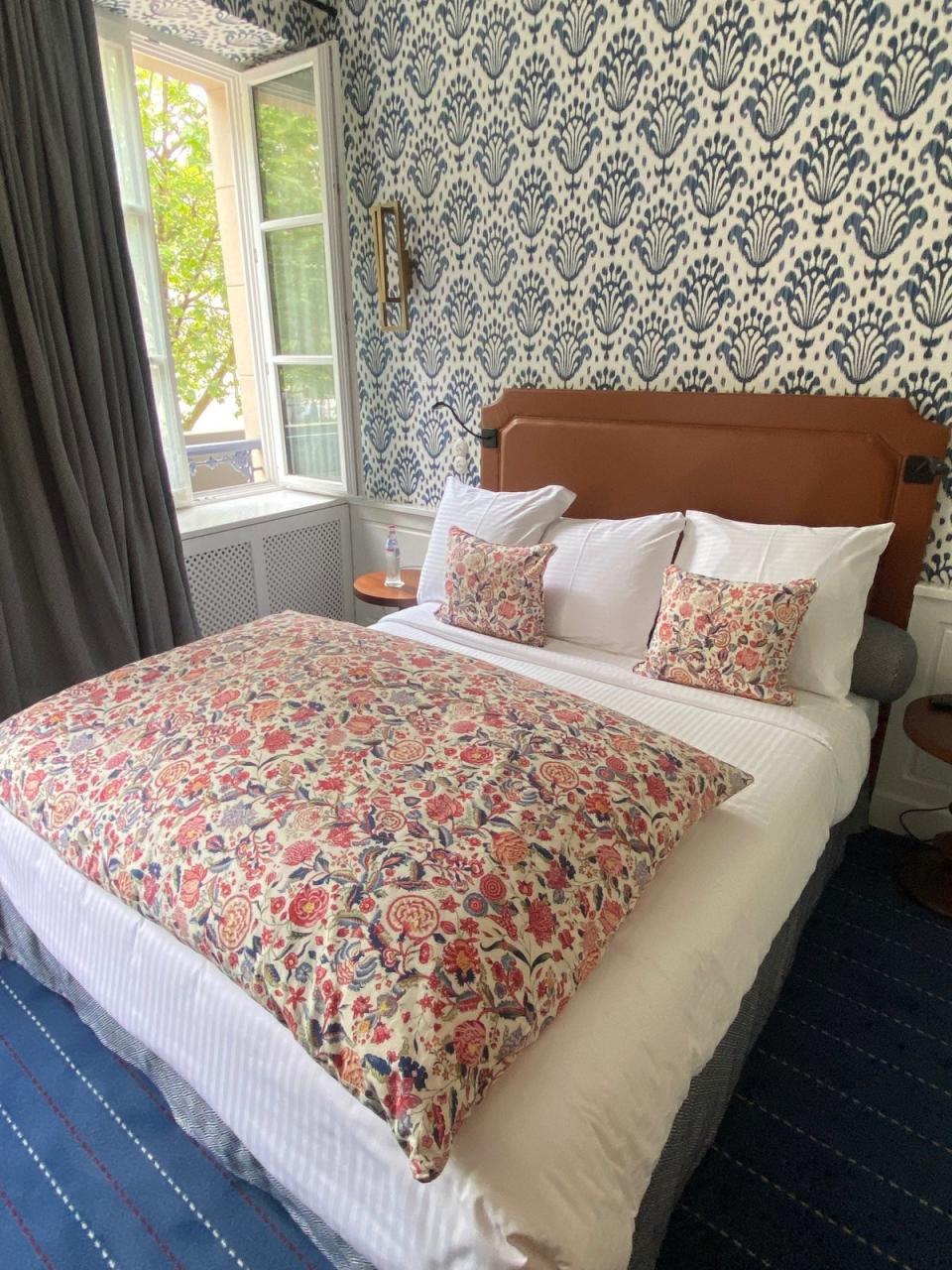
It’s also here where we nearly missed our dinner one night thanks to a dodgy door handle, but the room landline proved a lifeline to reception and after few quick calls, Amar appeared to ‘rescue’ us from our five-star cloister. (Honestly, I can think of few places I’d rather be ‘trapped’ than our elegantly appointed room.)
After polishing off a three-course meal featuring that locally raised, tender Luxembourg prime beef rib for two and a sharp yet savoury rhubarb and Kéistaart (cheese tart) at the hotel’s Michelin-starred Le Plëss, we found our belongings had been moved seamlessly to a new and even more spacious room upstairs in number 20, with treetop views over the square. No excuse, then, not to settle into a seat in the tranquil courtyard off the hotel’s sumptuous Bar Le 18 for a pour of punchy local, quince-flavoured eau de vie.

For further glimpses of how this hour-wide country was once ruled from its clifftop fortresses, we fit in a drive to the river-hugging town of Esch-sur-Sûre and dramatic Vianden to the north, with its spectacular sightseeing chairlift offering panoramic views of its imposing medieval castle straight out of Game of Thrones. Think Dubrovnik-style, but without the shiploads of shuffling tourists.
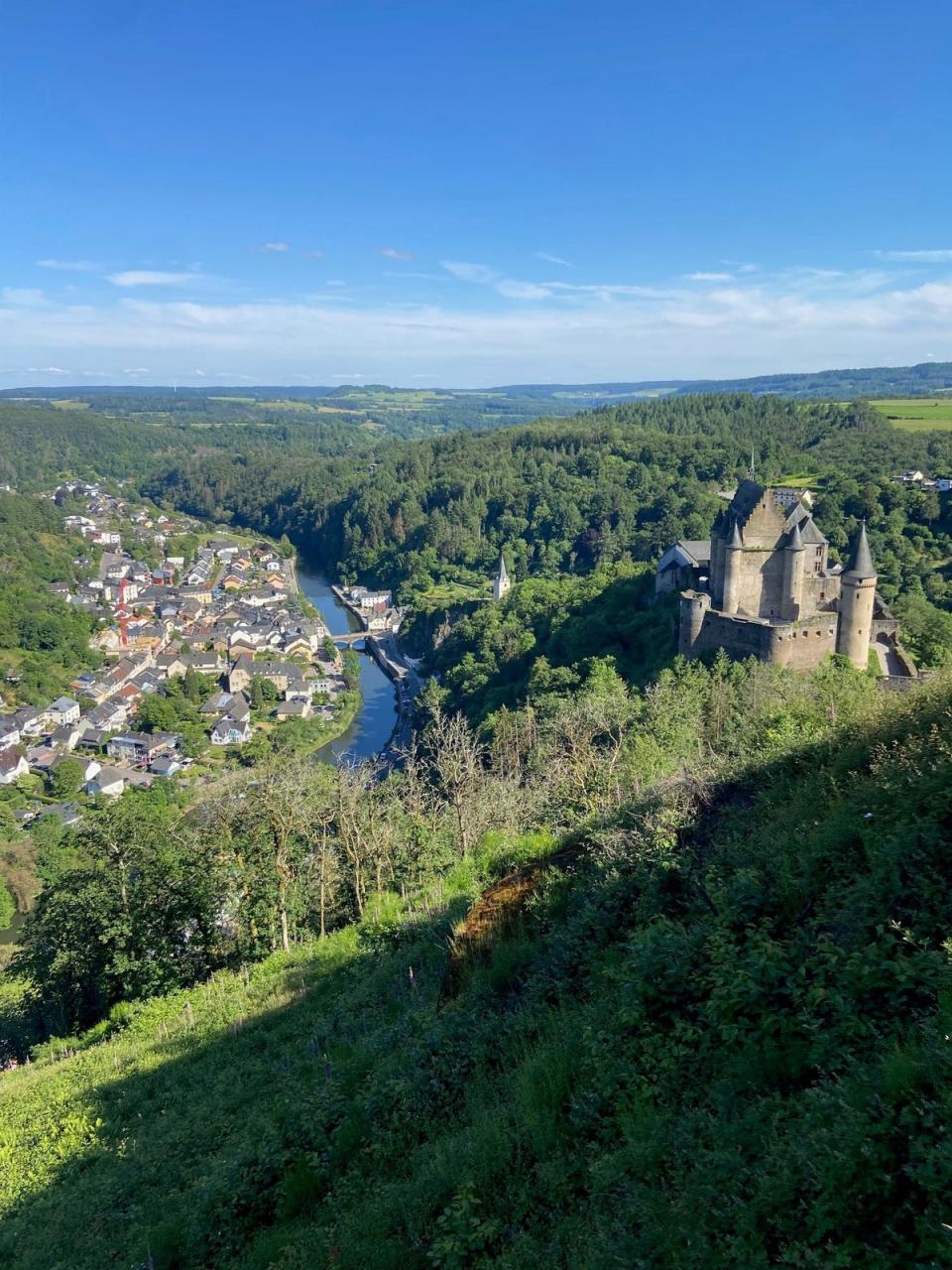
With more time, we’d have visited the fascinating Lëtzebuerg City Museum and had a longer look inside the boutiques along the pretty, pedestrianised Grand Rue, but a city break is only meant to be a taster, after all, and taste we did. Here’s hoping next time I’ll be ‘trapped’ in Luxembourg for a few days longer.

